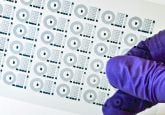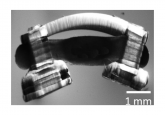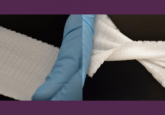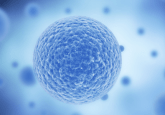New synthetic biomaterial developed for wound repair in mechanically dynamic tissue
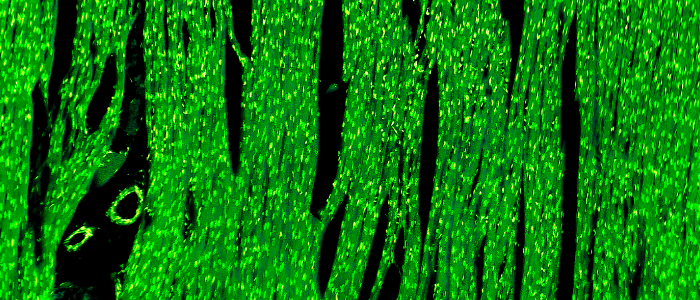
Researchers from McGill University (Montreal, Canada) have developed a novel injectable hydrogel for repairing mechanically dynamic tissues, such as the heart and vocal cords. The development of this injectable hydrogel could also have further applications in tissue engineering, biofabrication and drug delivery, leading to great advancements in the field of regenerative medicine.
Injectable hydrogels provide a porous structure for cells to grow and pass through to repair damaged tissue. However, currently available hydrogels lack mechanical toughness to function successfully in mechanically dynamic tissues.
“People who recover from heart damage often face long and tricky journeys that are difficult to heal because of the constant movement that the tissue must endure when the heart beats. The same is true for the vocal cords. So far, there hasn’t been enough injectable material for this job,” commented Guangyu Bao, a PhD student from the Department of Mechanical Engineering at McGill University.
Researchers discovered that this novel pore-forming double-network hydrogel withstood high-frequency biomechanical stimulations, unlike existing hydrogels, whilst also allowing direct medium perfusion, as well as cell encapsulation, delivery, spreading and proliferation.
“We were incredibly excited to see it work perfectly in our tests. Before our work, injectable hydrogels have both high porosity and toughness. I didn’t have it at the same time. To solve this problem, I introduced a pore-forming polymer into the formula,” says Guangyu Bao, “the results are promising, and we hope that one day the new hydrogel will be used as an implant to restore the voice of people with damaged vocal cords, such as survivors of laryngeal cancer”.
Professor Jianyu Li, Chair of the Canadian Research Committee on Biomaterials and Musculoskeletal Health commented, “our work emphasizes the synergistic effects of material science, mechanical engineering, and biotechnology in the creation of new biomaterials with unprecedented performance. We look forward to translating them into the clinic”.
